The largest squares have always played a crucial role in people’s lives. Typically, they housed courts, theaters, and restaurants. Meetings were arranged here, decrees and news were announced, and celebrations were held. Therefore, the main virtue of a city square was its capacity. In other words, the bigger the square, the better. There was also a sense of boasting to neighbors, showing off their grandeur. Why else do we need the world’s largest squares? Find out in our TOP list.
1 Xinghai Square (China) – 1.8 million sq.m.

Xinghai Square is the largest square in the world, built in Dalian to commemorate the reunification of Hong Kong with China. However, that’s not its only purpose. The square is surrounded by exhibition areas, luxury shops, business and cultural buildings. An interesting fact – ten years after the construction of the central ceremonial column (the tallest in the country at the time), it was secretly dismantled and removed for unknown reasons.
2 Times Square (China) – 1.4 million sq.m.
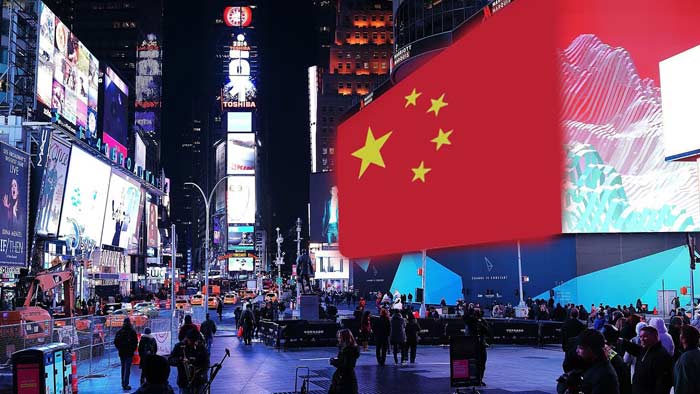
The Chinese version of Times Square far surpasses its overseas namesake in size and content. It features a vast park with a lake, tennis courts, and cascading fountains. However, there is something in common; just like the original, New Year’s Eve is celebrated here—in the Chinese style, of course.
3 Freedom Square (Indonesia) – 1.0 million sq.m.
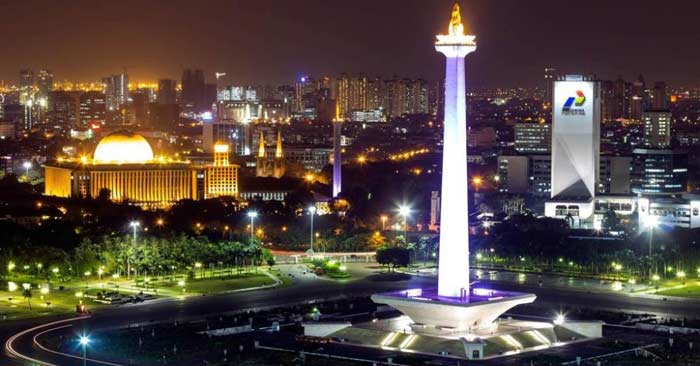
Freedom Square in Jakarta is the silver medalist among the world’s largest squares and simultaneously one of the oldest. A square has existed in this location since 1810, and it received its current name after the country gained independence. It houses government bodies, the presidential palace, and the national museum.
4 Praça dos Girassóis (Brazil) – 570,000 sq.m.
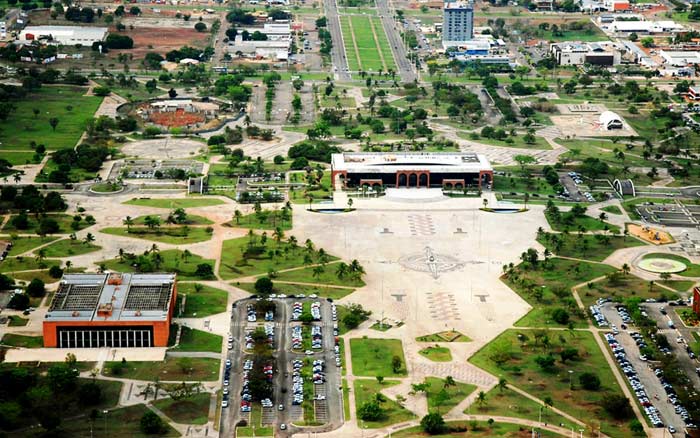
Praça dos Girassóis in Palmas is the largest square in South America. It’s the true heart of the city and the state. In addition to the Palace of the Government of the State of Tocantins, it features a cathedral, three monuments (one of which is a massive wind rose), and various social and governmental services, each in its own building.
5 Square in José Rizal Park (Philippines) – 567,000 sq.m.
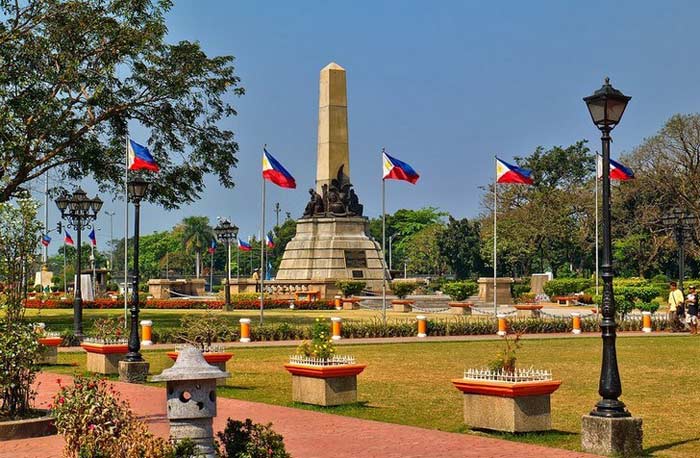
This square is also a “veteran.” Its inception dates back to 1820 when a massive wooden square (30,000 sq.m.) was built here. Initially, it was used for executions, including that of José Rizal himself. It wasn’t until the 20th century that the area began developing buildings to house government bodies.
6 Flower City Square (China) – 560,000 sq.m.
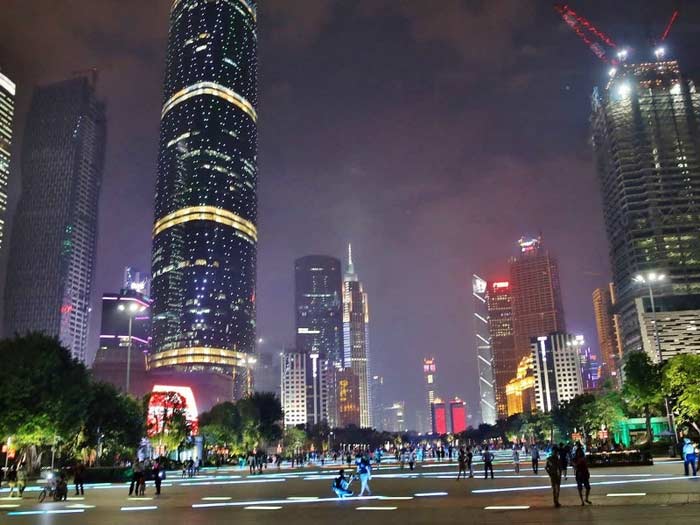
A true riot of greenery amidst the urban hustle – this is the new square in the center of Guangzhou. It was inaugurated in 2010, and residents immediately had a new favorite spot for strolls. There’s no place for courts or departments here, but there’s a city museum, an opera house, and a library. And lots and lots of flowers!
7 Tiananmen Square (China) – 440,000 sq.m.
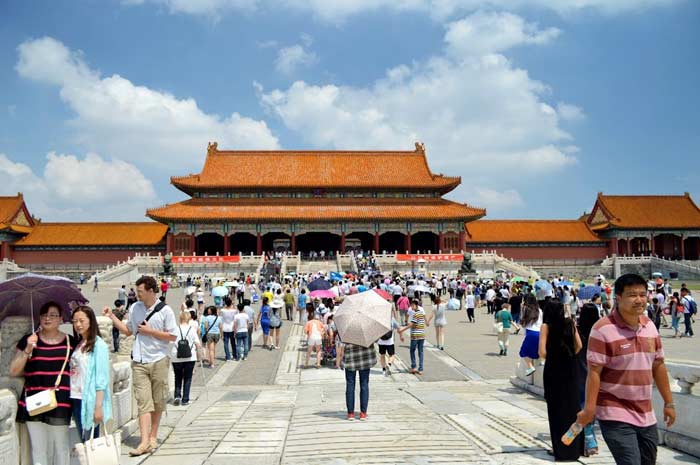
This is the oldest structure in our TOP list—the original square was established near the Forbidden City’s gates in 1650. Subsequently, it only expanded. The square’s history includes both joyous and tragic events, as it became the site of many popular protests throughout the 20th century.
8 Macroplaza (Mexico) – 400,000 sq.m.

The Macroplaza in Monterrey appeared in the city in the 1980s. Several buildings were demolished to make way for it, but the result justified such extravagance. Now, it’s a well-known and beloved city attraction. The square’s territory is allocated for parks, monuments, and pedestrian zones; it also houses the city theater and library.
9 India Gate Complex Square (India) – 306,000 sq.m.
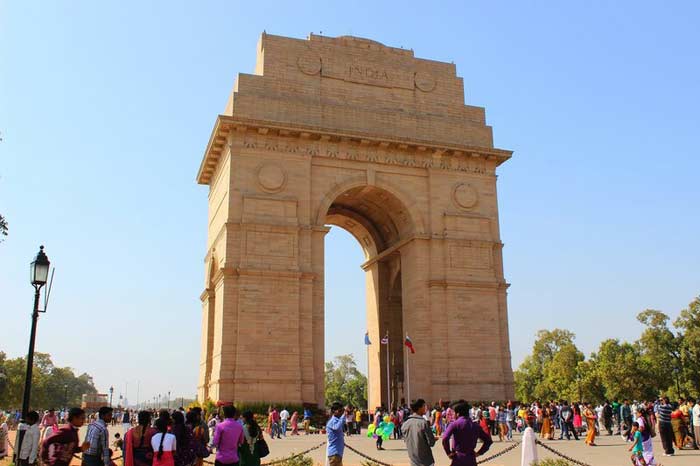
The India Gate is a war memorial dedicated to Indian soldiers who fell in various 20th-century wars. It’s the main structure of the square but not the only one. In its eastern part stands a pavilion dome erected in honor of the late King George V. In front of the Gate is the eternal flame, followed by the tomb of the unknown soldier.
10 Quezon Memorial Circle (Philippines) – 271,000 sq.m.
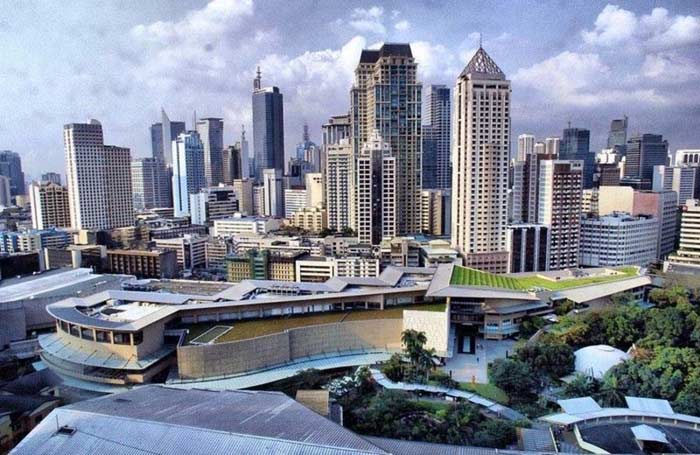
Once, Quezon City was the capital of the Philippines, and it was here that a park with a monument in honor of the country’s second president, Manuel Quezon, was established. Subsequently, the memorial function of the structure was expanded; museums, entertainment venues, gardens, and statues appeared here. Now, the park—or as city residents call it due to its shape, “the circle”—is one of the city’s attractions.


